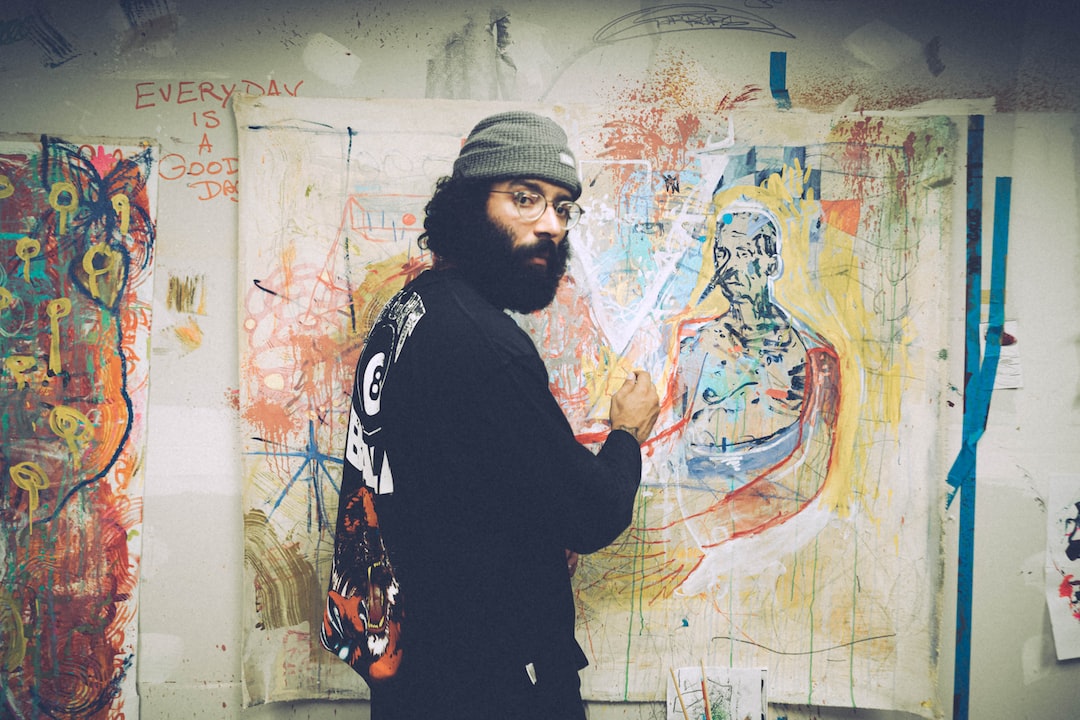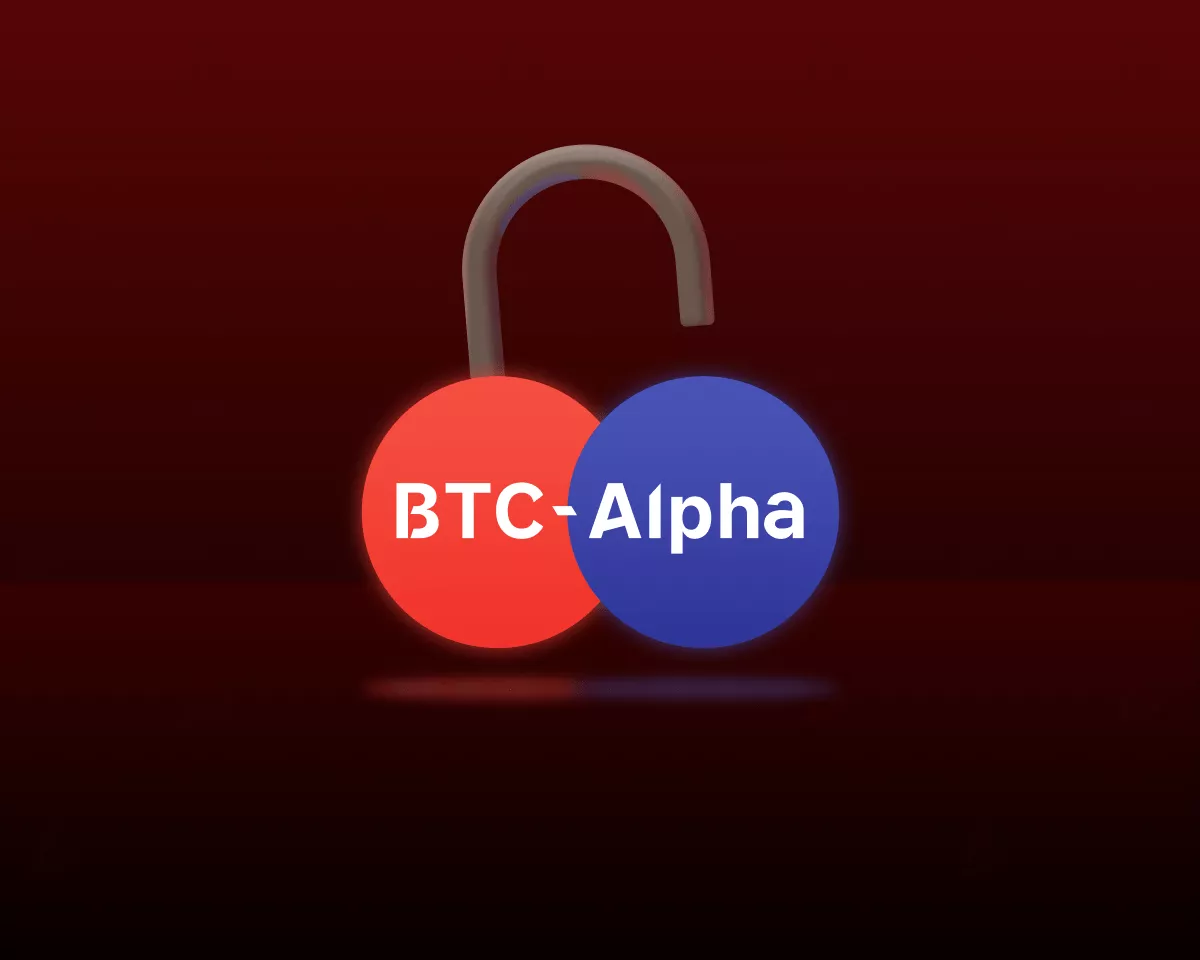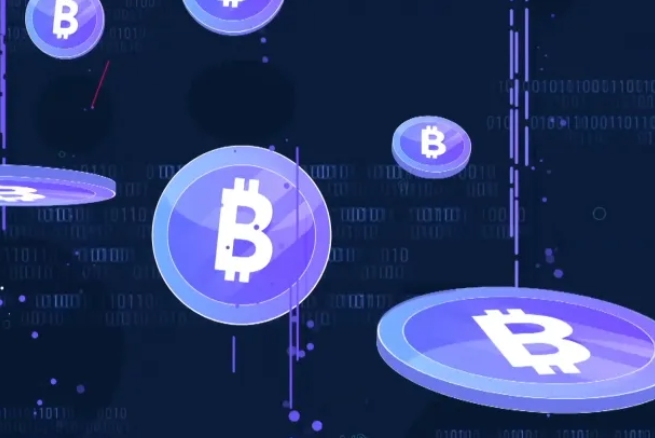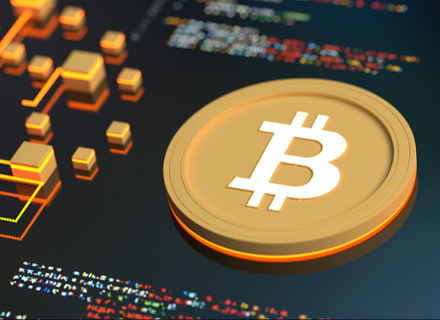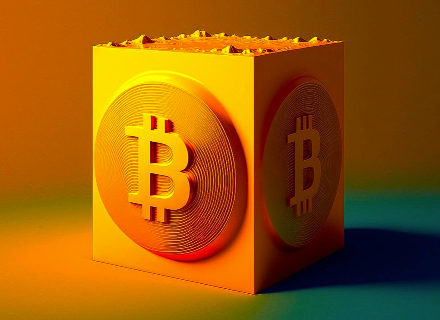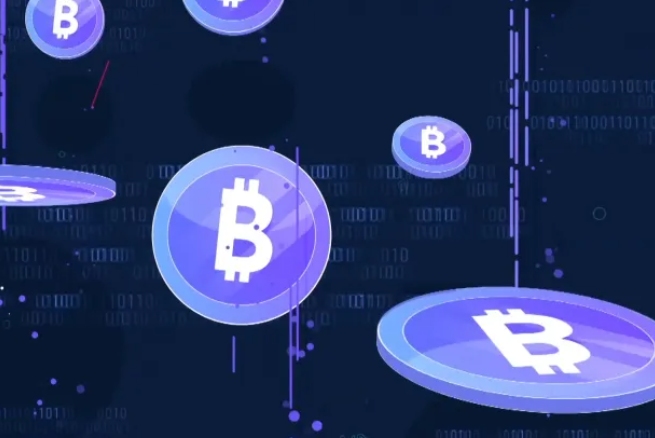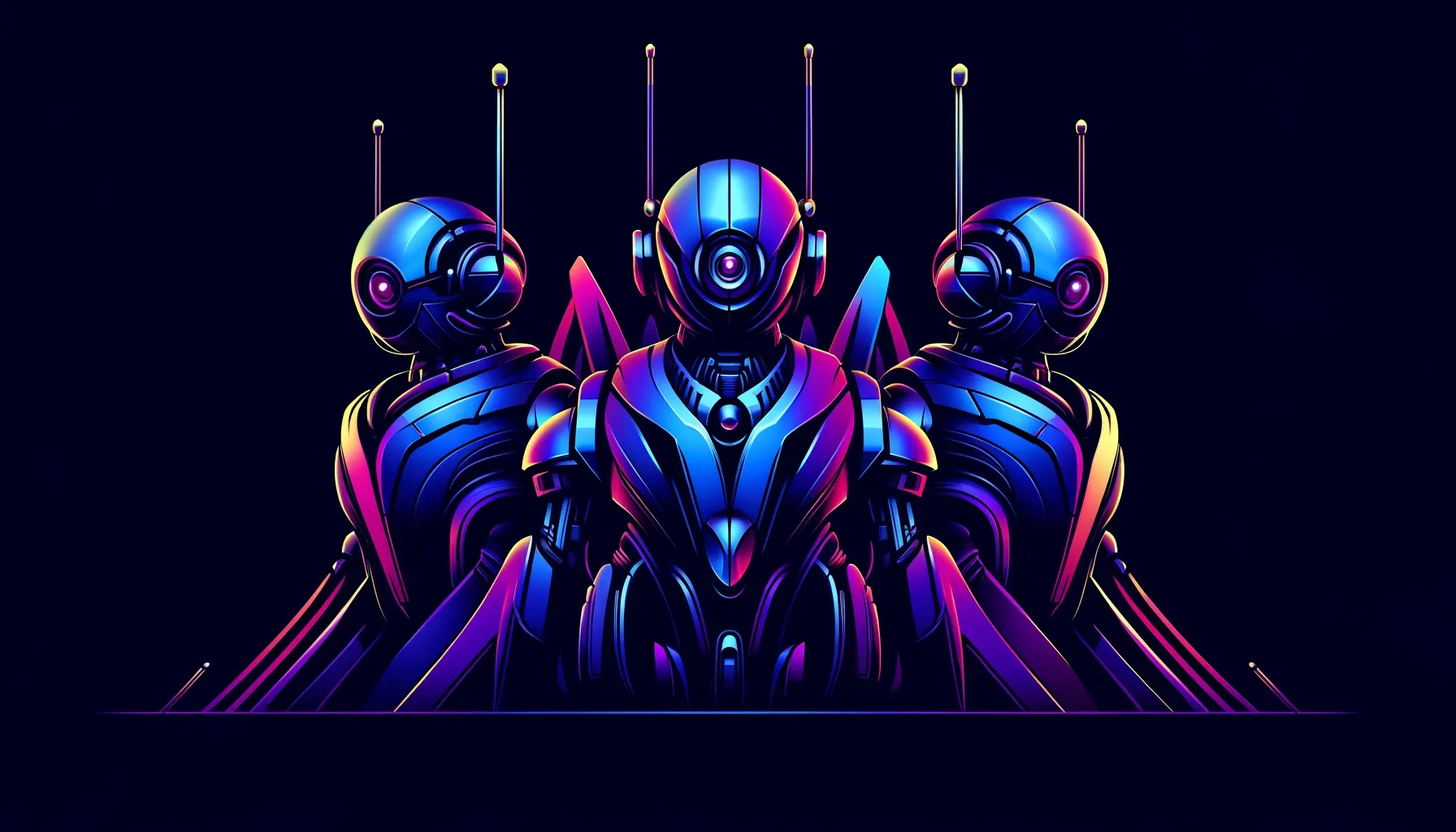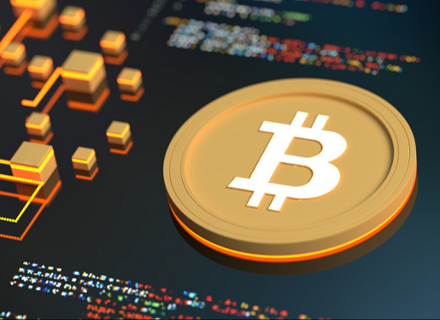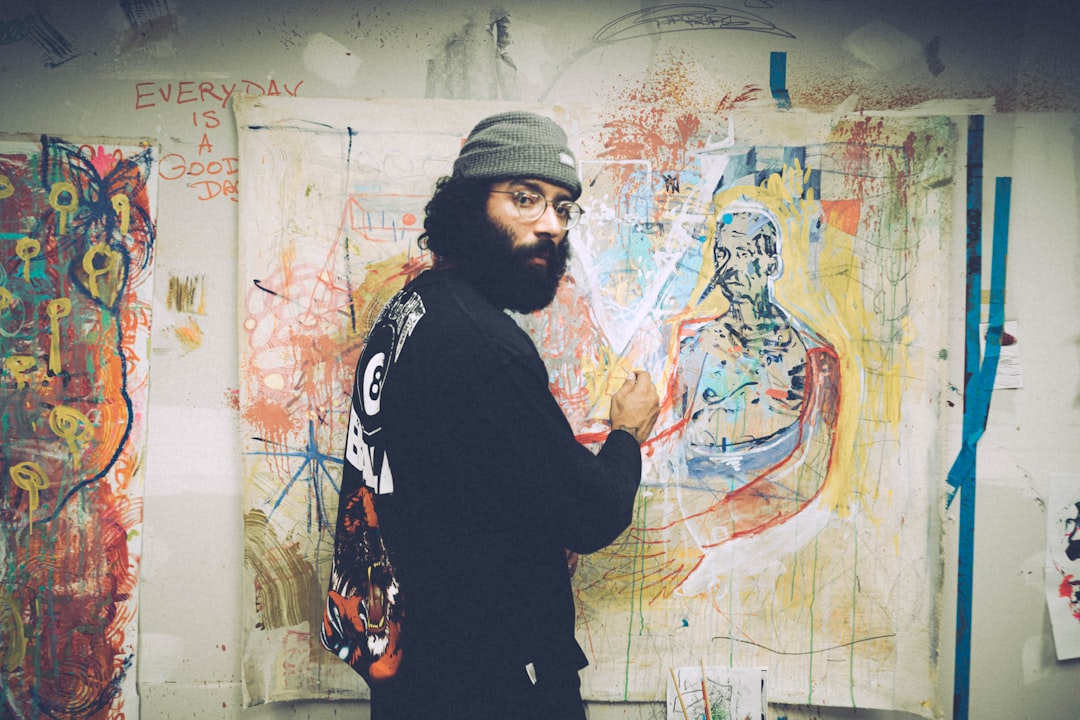
I talked a little bit about how content was becoming commoditized on my first Substack post, Squid Game Review, Netflix, and the Attention Economy. In The Age of Authenticity, I talked about how consumers were going to gravitate towards more authentic personalities and hold less stock in institutionalized media. Here, I’d like to spin those two concepts together and paint a picture of what I think the future of Media looks like, the implications and ripple effects of a sea change, and how web3 is at the center of all of it.
The “Original Sin of the Internet” as coined in this 2014 Atlantic article, and which Marc Andreessen has been plunking around on web3 podcasts, is the fact that the first version of the web was not allowed to have money on it. It was illegal to do commerce online because the thought was that it would open the gates for all this illegal activity with no recourse for action. It wasn’t until years later when digital encryption was invented, which involved another struggle to be permissioned by government regulators, that people could safely do what we now refer to as “e-commerce”. This meant that the defacto shot callers in the web1 were advertisers, and their monetization strategy was eyeballs (they literally referred to the KPI as such). I will get into the chronology of web1 vs web2 vs web3 in a later post (although it has been covered by others ad nauseam), but the important thing to realize here is that the monetization model has not changed all that much, save for now advertisers are going after specific eyeballs, as cookies and tracking have proliferated, while bots have driven down the value of raw eyeballs/impressions.
Hollywood plays its own role in this, putting them under the larger umbrella of the capital M Media, as they are the tastemakers of culture and content. Hollywood, through its art, drives the things that the advertisers try to sell. Which, in effect, is largely lifestyle, including things like tech, car, clothes, politics, religion, and sexuality. We have been enraptured by the video medium since its inception, and hold these exalted members of society in such high regard that we value the celebrity over the teacher, the fire fighter, the war hero, and the moms and dads. Celebrities: the OG Influencers.
Web2 gave rise to the “Platforms” and Section 230, which determined the dichotomy between platform and publisher, who bore the liability, and who was responsible for censorship. The Platforms (I am talking of course about the Facebooks and Twitters) democratized publishing with their algorithms, allowing the everyperson to penetrate the Zeitgeist as long as the content had sufficient virality. Unfortunately (or not, depending on what’s in your portfolio) the democratization the Platforms gave to the public in the form of likes and views, came with the monopolization of the advertising revenue they inherited from web1. Creators on platforms get paid, no doubt, but they are only skimming pennies off the top of the infinite pot of gold coins.
The quality of movies and television has gone down over the past several years, there is no debating me on this. This is not some nostalgia on my part where I am longing for the days of The Simpsons and Seinfeld (although I am), it is a mathematical fact, another digital trend that was already on a downward slope before COVID exacerbated the problem. The math goes like this: say you have production dollars increasing at x% per year, and you have the quantity of content increasing by 10x% per year. Content gets watered down. Then you have the margin these production companies are making decreasing every year due to more democratization via more Platforms (Netflix, HBO Max, Disney), and with box office revenue declining, the production dollars go away. Now you have production dollars decreasing at -x% per year and quantity of content still going up by 10x%. Compound that over a couple of cycles and tell me where I can find a Netflix original that is as good as The Revenant.
So like I said in my first article, the cost of content is drastically decreasing. Technology has given us the power to make movies in the palm of our hand, and the platform to publish that movie to the masses. Humans are responding more and more to this relatable content due to its authenticity, its ease of use, and less and less to the watered down, force fed content of the past. I suspect Hollywood will course correct here in the future, which will come in the form of consolidation of production companies, and/or being bought out by Big Tech. We are already seeing it with Disney, it will be interesting to see how all these streaming platforms get sucked up in M&As.

Being an institution is going to be tough in the coming years. The political polarization that ripped the country apart over the past decade or so was at the hands of the Press, another subsidiary of the capital M Media. Stemming back to the Original Sin, the Press makes money off of advertising too, because print media is all but extinct so they have no choice but to post on the internet. But because publishing had gotten so democratized by the Platforms, the institutions that had that built-in monopolistic capture over the readership/viewership market now had to compete with off-brand publishers for share of voice. We all know what happened, sides were chosen, and an outrage arms race over clicks and attention was born. The lynchpin in the case against institutions is in that last sentence: we all know what happened.
How can anyone trust an institutionalized media corporation anymore? As Charlie Munger says, “show me the incentive and I’ll show you the outcome”. The agenda is set at the top of the organization, which is number 1 to remain solvent, which requires number 2 which is to control the narrative. The outcomes cascade from there with career staff writers and talking heads subject to the censorship of the editors and producers. Sure, there is still tons of real journalism being done within the narrow fringes allowed by corporate, but with everything being published through a tinted lens, how can you ever be confident in the product? It’s like the only people you can trust in the Press are the people not in the Press. Only by virtue of being unencumbered by an employer can one truly be free to express one’s beliefs. (I believe Nassim Taleb made similar allusions in Skin In The Game) That’s not to say that solo journalists don’t have agendas, many certainly do. But by nature of them being unencumbered and speaking freely, we as consumers are able to consume their content the way it was meant to be consumed, by judging their perspectives according to their published thoughts, without needing a cereal box decoder ring to decipher which branch of which arm of which Media conglomerate was puppeteering the minute twists in semantics the article was using to sway the reader’s opinion.
Here we see the convergence of a few different sea changes. Hollywood’s diminishing content quality lessens its dominance in its marketability as the rise of Influencers come to challenge Movie Stars toe-to-toe in Celebrity status. Large institutions losing credibility due to legacy incentives as the monetization of independent journalism takes form in places like Substack, Medium, and beehiiv. In all instances, it is the tech Platforms and their democratization of publications coupled with the Media’s bungling of their consumer’s delight in favor of maximizing shareholder value. And in all instances digital advertising, the core product being commoditized is one that shouldn’t have ever been a commodity in the first place: the Creators creating the Content.
Art has had an interesting relationship with money dating back hundreds, maybe thousands of years. Like fiat currency itself, one can argue that art has no real value except what the collective society has deemed it worth. The fact that art inspires so much in humanity and yet is not a sustainable means of income for most is why we have such a dearth of artists in the world. The monetization of art today is not much different than it was 600 years ago when the Medici family’s patronage of artists contributed in spurring the Renaissance. Replace the Medicis with the Platforms and you can see how Spotify and TikTok are using their algorithms to disseminate culture (for good, I might add).
Jim Barksdale had a quote in the HBR many years ago, “there are only two ways to make money in business: bundling, and unbundling”. Web2 took this to extremes with the Platforms and bundled distribution out the wazoo. Many, many billions of dollars were (and will continue to be) born out of this equation. This sparked the now famous Bezos axiom, “your margin is my opportunity”. Bezos saw that there were companies out there making 40-50% margins in online goods, and realized that he could value prop the consumer by giving it to them for cheaper and pocketing less (or often times negative) margin for himself.
Now we find ourselves in a situation where the bundling of distribution has created a nice margin for these Platforms, based on (what else) ad revenue. YouTube made $8B last year in ad revenue, 11% of Google’s total income. I highlight them because as one of the most generous Platforms, YouTube pays on average 68% of this revenue back to the Creators. Just a few years ago, the split was closer to 50-50. TikTok is also starting to entice its creators and offering close to 50-50 splits with “some” of the top talent. Facebook (and IG by association) have famously lagged in this, only offering broad Creator payments within the past year or so. Facebook, with their $115B in ad revenue last year, is the OG of Influencer minting. Their network effects have been so strong, and Influencer’s followings have been so monetizable on their own, that they haven’t had a need to dilute themselves until TikTok started stealing away their attention market share. I wouldn’t necessarily call it a race to the bottom, but the direction has been set. Creators are undervalued and everyone knows it.
In any event, these Big Tech companies represent a macrocosm of the centralization of web2. They created the algorithms that allowed the Creators to brand and monetize themselves, so they should rightfully be compensated for that. However, looking past the “users are the product” narrative that is also correct, you see the trend toward online anonymity, the CCPA, GDPR, a cookie-less world, and App Tracking Transparency. This is just government regulation putting its pinchers into some of that fat, fat, juicy revenue margin in an effort to maintain some semblance of power. At the risk of sounding hyperbolic, the most impressive use case for web3 would be vampiring the whole industry and putting in on-chain.
So how does that happen and what does that look like for Creators?
First of all, getting back to the actual content, the things that are being created nowadays are mindblowingly good. Go watch American Baron on TikTok and tell me this is not phenomenal art. As attention span decreases, and we become more and more mobile focused, and as the quality of what may soon be called “long form movies and TV” diminishes, these platforms will reign supreme. I would argue they are already. This is the trend that Quibi epically tried and failed to front run. They nailed the Attention aspect, but flopped on the Authenticity. TikTok, YouTube, Instagram, Twitter, Substack, and Spotify have no such issues.
The UVP for these Platforms are their proprietary algorithms that decide what goes viral and what does not. Relegated to a black box, people have been clamoring recently to look inside, especially after the Facebook Files whistleblower debacle. Why does conflict have to be more viral than agreement? Why are some YouTube video recommendation paths only three or four degrees away from fringe extremism? (These are rhetorical questions, the answer is advertising revenue) With open source software, these algorithms can start to be public purview, and as even Jack Dorsey has commented, maybe users should be able to select their own algorithms for which content gets shown to them. Now, imagine a social network that promotes content based on a transparent algorithm that the users have bought in and voted upon. Cool. You can still advertise on that. But why does it need to be on-chain? Why does anything need to be on-chain?
The only two real reasons that you would want something to be on a blockchain are for immutability and censorship resistance. Otherwise, it is just an expensive way to do accounting. This is the notion behind the decentralization movement. If Banks can repossess our assets, and Tech can restrict, stifle, or outright ban certain users (remember - censorship is a spectrum), then we are left with no recourse of action against the centralized system. (Please leave aside comments on how it is important to have the human ability to reverse transactions, or ban hate speech - I agree, but not in all cases, as subjectivity comes into play) This puts too much power into the hands of the humans at the tops of these organizations, much more power than government has, as it has the power to shape government. So who should own this distributed network?
Creators and Users own the system by virtue of buying into it and using it. Immutable contracts define the characteristics of how Creators get paid, and your margin becomes my opportunity. There are an infinite number of scenarios of auction and governance design that I hope to explore in a later post, but the prevailing idea is that with open source algorithms, and the ability to spin up a blockchain with a few lines of code, Creators and Users can vote with their content, dollars, and attention. If another blockchain spins up with a better incentive structure, Creators can migrate to the other chain and take their following with them, or vote in accordance to the governance rules to change the algorithms or incentives. If there is a blockchain that doesn’t allow Creators to take their following with them, that blockchain will never get used in the first place. The market then decides, through competing blockchains, what the ideal margin is, how much Creators get, how much Users get, and as advertisers eventually flood any system with people in it, that fat, fat, juicy margin gets distributed thusly.
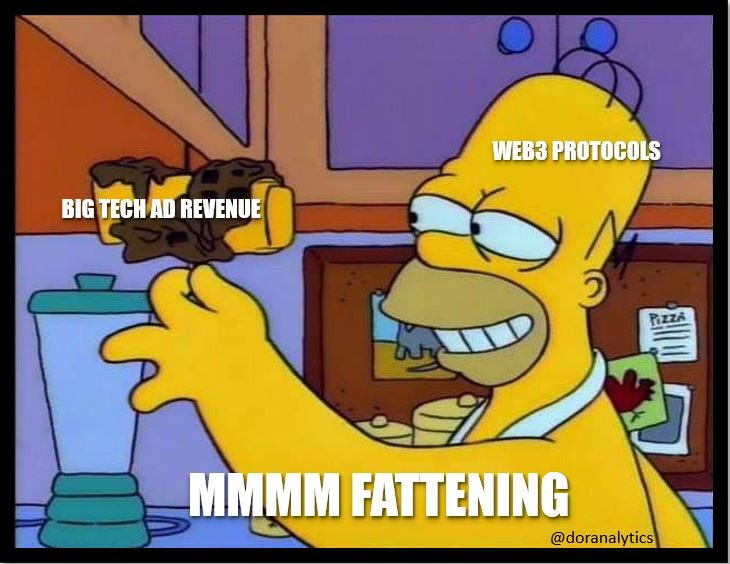
One common retort to all of this is that because these blockchains have payment structures set in a native token, that some whale can just come in, buy up all the tokens, and change up the governance or incentive structure in some Elon Musk/Twitter type of power play. Maybe, but maybe the governance is structured in such a way that the true monetization is based off of participation or contribution, where Mega Creators or Super Users are given “preferred shares” or “smart shares” (has anyone coined that yet?) which offer higher voting privileges. The incentives of these users would be aligned with the protocol, and not to look a gift horse in the mouth, or kill the golden goose.
Do you have a YouTube or TikTok page with millions of views? Do you like getting $5 per 1000 views, or would you prefer to get $10 per 1000 views, or $20, or $50? A common scenario on today’s Platforms is that an account with very little followers can go viral with millions of views on a single video. They don’t gain any additional followers, because they are somewhat of a one-hit wonder, but their content has added value to the Platform. Their art was recognized for its value with the Attention that it received, it has contributed to the overall network effect of the system, but received no monetary reward. Therein lies the opportunity. Out of the billions of people who are already Users and Creators, spending endless amounts of time on these Platforms, how much more content would be created if there were tiered incentives built into the protocols?
This is the future that web3 foresees. Lately, things have gotten convoluted with the financialization of everything happening before there is really any utility in the system, and things have rightfully crashed. Blockchains advance a lot of interesting ideas, but at their core they are just transparent, distributed computers that offer their users the opportunity for unique accounting, auctioning, and governance structures. There are many questions to be uncovered, asked, and answered in the decades to come. What type of democracy works best? What is the most efficient way to distribute equity? How does the changing definition of ownership shift the cultural Zeitgeist?
I look forward to exploring these topics with you all.
